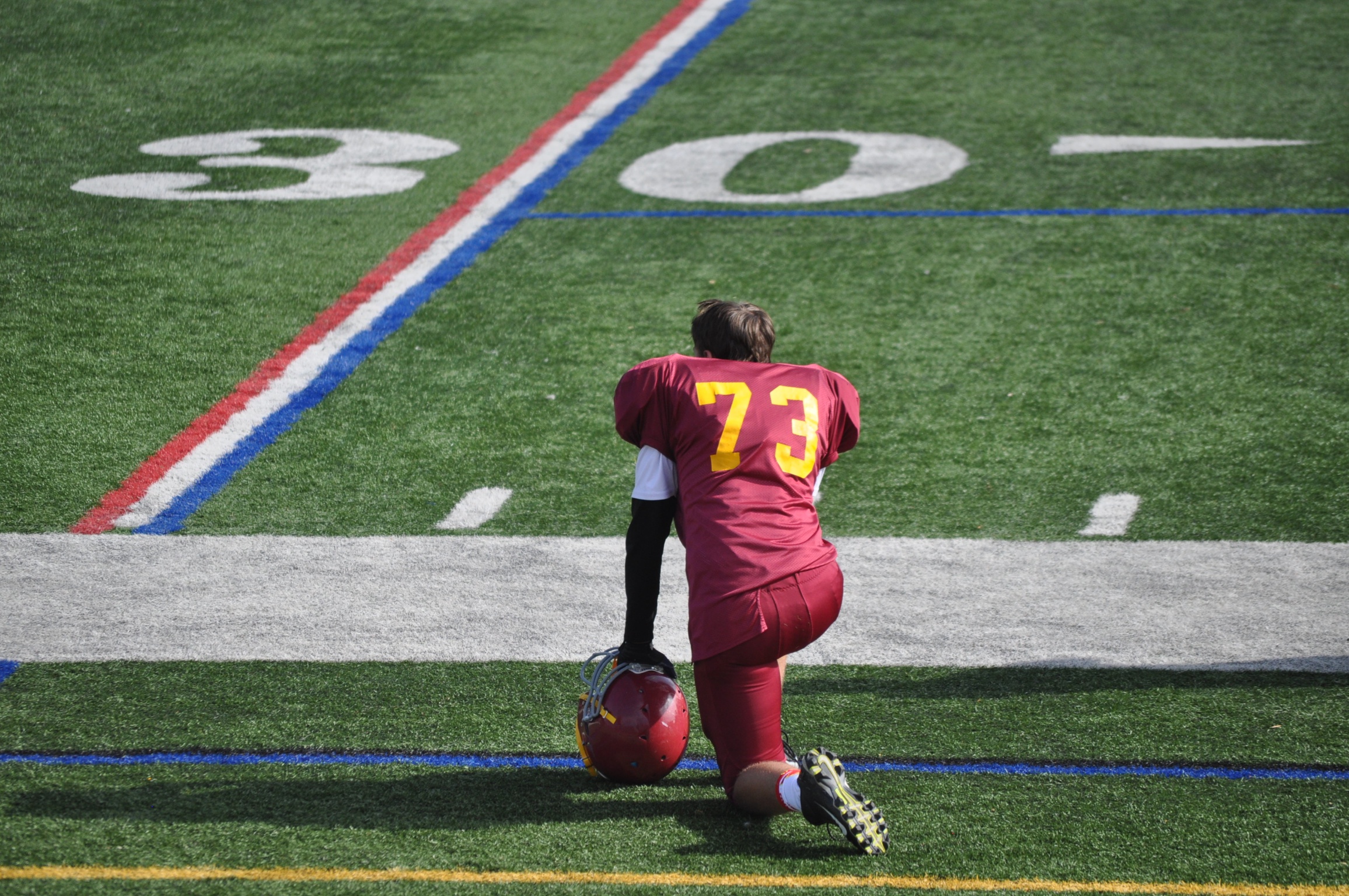For as long as I can remember, the IHS varsity football team has performed poorly. In the three years I’ve been in high school, I can’t remember our team winning a single game. In fact, since 2004, Ithaca has won a total of 13 games. The program has become a joke to the players and students alike. But why? IHS has produced dozens of D1 athletes in just the time I’ve been here and has proven to be a perennial powerhouse in most other sports. So why then, have we not won a single varsity football game in years? A combination of several factors has led to the ongoing losing streak. A lack of athletes on the team and poor coaching are chiefly held responsible.
Towards the end of this year’s injury-plagued season, there were even rumors that the team wouldn’t legally have enough players to finish its last two games. “Not everyone that’s meant to play does: that’s a big problem,” said Anthony Henry ’16. This lack of depth leads to problems both on and off the field. It’s inevitable that players get injured or tired during games, so what happens when there’s no one on the roster to replace them? Small injuries become season-ending and even the best athlete’s abilities fall when they have to play every snap of the game. Not having enough players can hurt during practice, too. No one can practice properly when there aren’t enough people for a scout team.
The biggest problem is trying to get athletes who are interested in football to actually play. “No one wants to play for a losing team, and that’s okay; I get that,” said Jack Cesari ’16. “But until people decide to come out for the team we’ll never get a winning record.” This catch-22 of players not wanting to play is one of the biggest factors holding the program down. So how can the team attract more athletes? “We need to start winning games; we’re not going to win every single one, but if we have a few good transitional years, more good athletes will be interested,” said Henry.
While I was interviewing players, I realized that there is a significant “us vs. them” mentality between the athletes and coaches. There’s a divide between the players and coaches that’s more akin to an employer-employee relationship than one of a mentor and student. “The coaches take their jobs too seriously and are never open to players’ suggestions. It’s always their way,” said a player who wished to remain anonymous. On top of the disconnect between the coaching staff and the rest of the team, players I interviewed made it clear that the coaches were doing everything but playing to the team’s strengths.
“We have great running backs and the potential for a decent line,” another anonymous player said, “but the coaches implement this pass-heavy offense that our QB just can’t execute.” Henry, this year’s starting running back, ran for more than 850 yards in just five games, scoring a total of seven times. Instead of playing to the strength of the team’s running back–heavy roster, the coaches created a pass-heavy offense that relied on the QB’s ability to make quick decisions and accurate throws. With no real depth at the quarterback position and underutilized running backs, the offensive scheme fell short. If the team implemented a split-back formation (two running backs during a play) or even made use of the fullback position, it could have been a much more successful season on the offensive front.
Despite more than a decade’s worth of losses, there is hope for varsity football. If the players and coaches can start to communicate and play towards the team’s strengths, IHS will begin to win games. After a year or two of actually winning a couple games, more athletes will seriously consider playing, leading to a deeper roster, and overall, a better team. While there is no immediate fix for the abysmal state of our school’s football team, there does seem to be a light, if only a small one, at the end of the tunnel.

